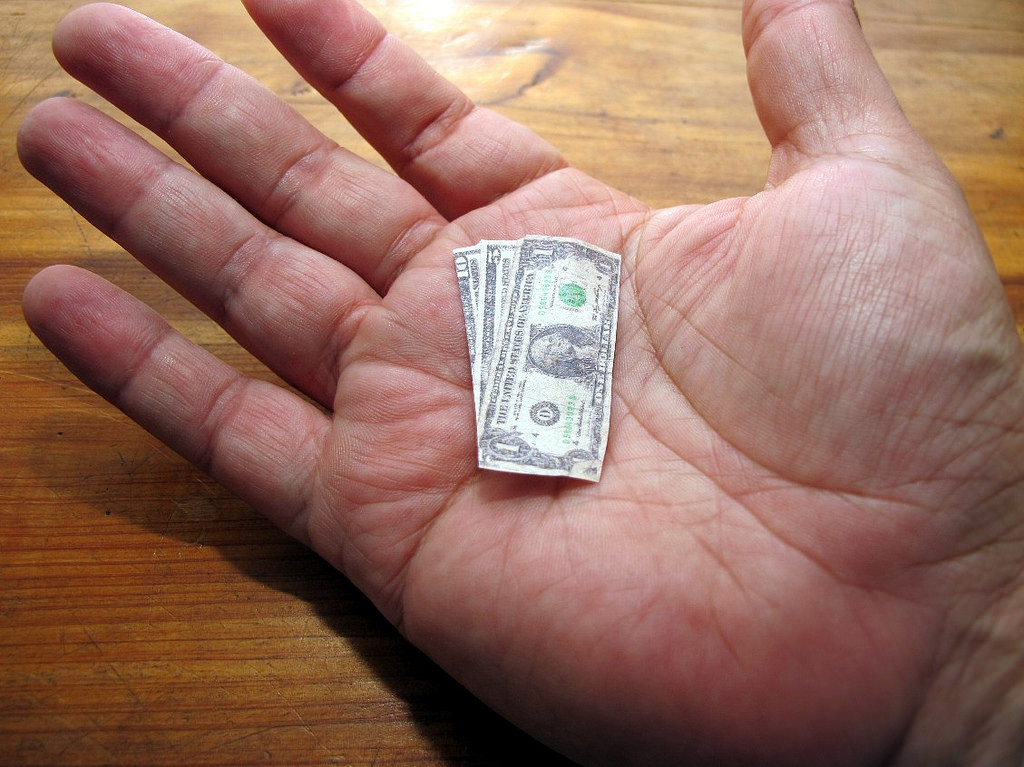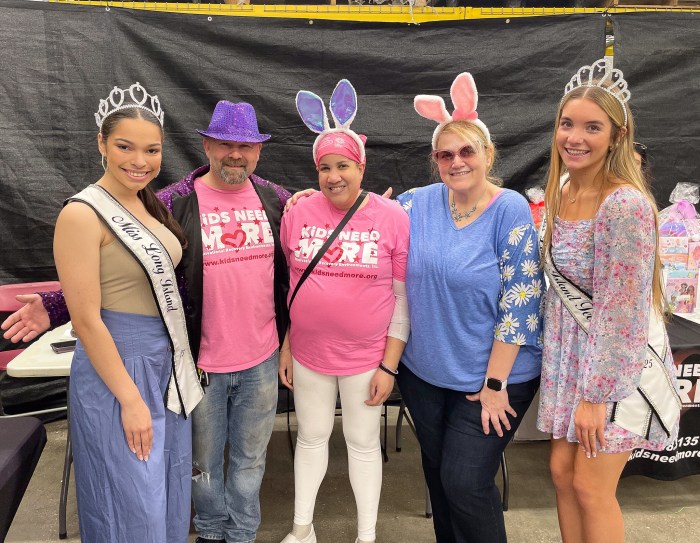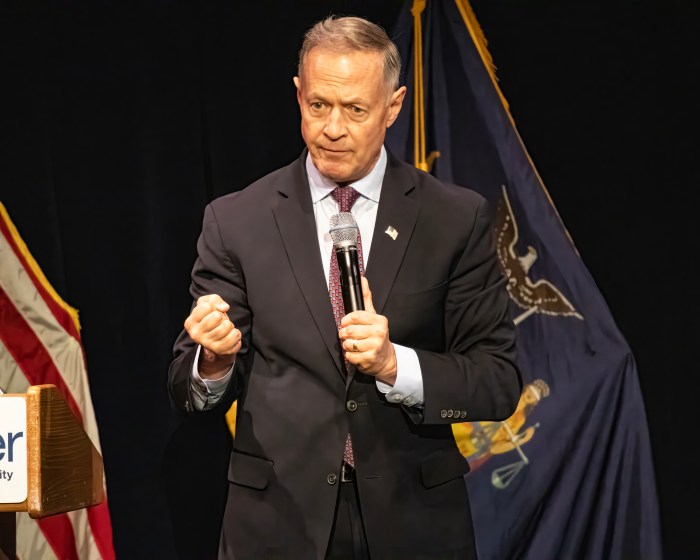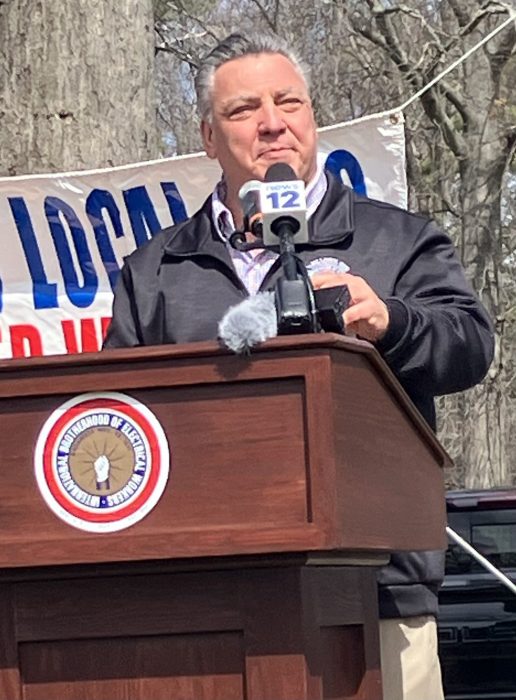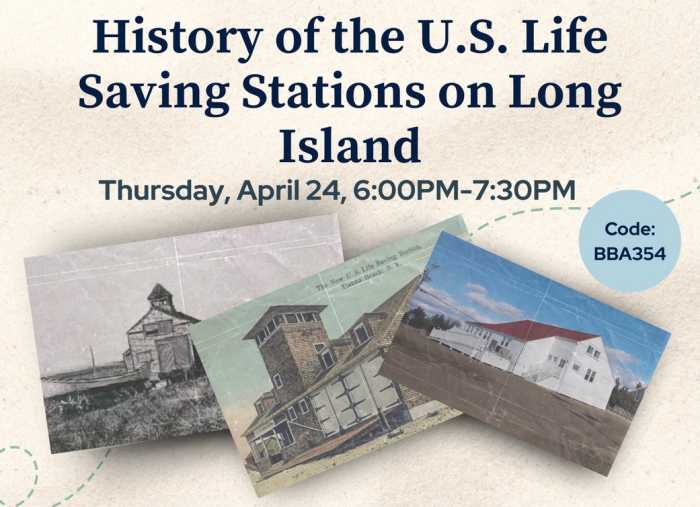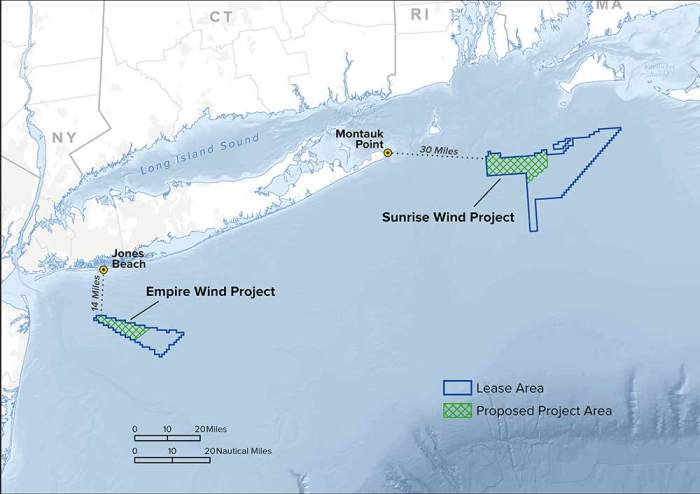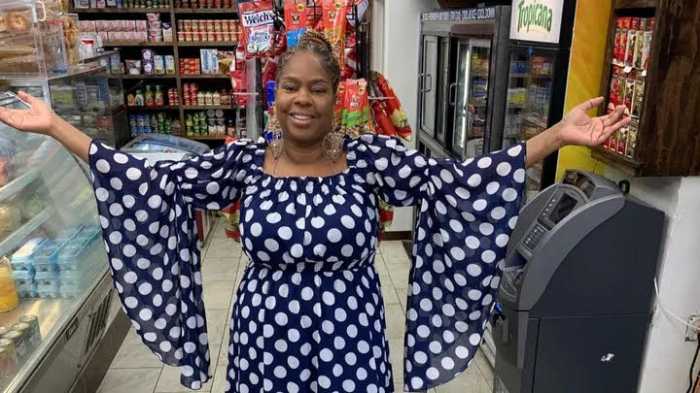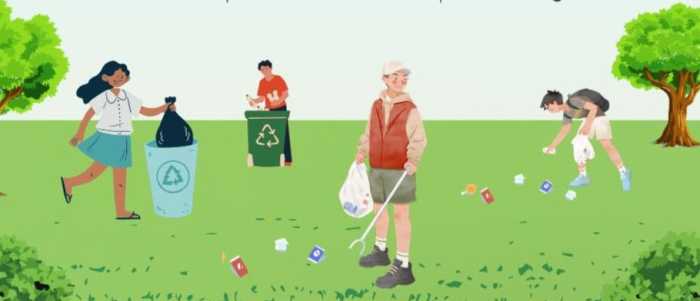By Timothy Bolger and Natalie Coloprisco
Alana Downey, a married veteran and mother of two, moved to Long Island hoping to make a better life for her family, but instead she is struggling to survive, living paycheck to paycheck.
Unable to find work in Nevada, she thought the job prospects would be better here, but things didn’t work out the way they’d hoped, and her family wound up in emergency housing. Public assistance helped for a while, although once she started making money, food stamps and rental assistance was cut off, landing her in financial limbo, where she’s one crisis away from ruin. As a veteran, she’s thankful for charities designed to help those in her position, yet she admits that asking for help still takes an emotional toll.
“It’s very embarrassing to have to go to places and be like, ‘Can you help my son out with some presents?,’ ” said the 30-year-old Hempstead resident through tears as the coming holidays compounded her concerns.
Her family is among the 35 percent of Long Island households that are above the poverty level but don’t make enough to keep up with the high cost of living in Nassau and Suffolk counties, according to a new study released Sunday by the nonprofit United Way of New York.
The report dubbed this segment of the population ALICE, short for Asset Limited, Income Constrained, Employed. That is, those people who can’t make ends meet without making tough choices regarding basic necessities: food, shelter, child care, transportation and health care. For example, some are forced to forgo health care, child care, good food and even car insurance in order to pay their rent—sacrifices that put their health, safety and future at risk.
“Many of us have been ALICE,” Stephanie Hoopes, director of the United Way ALICE Project, told reporters during a news conference announcing the results of the study. “Maybe we haven’t had that term before… These are people who are working at low-wage jobs, have little or no savings, and are struggling to get by.”
The report found that 44 percent of all New Yorkers are ALICE or live below the federal poverty level, which is $23,834 for a family of four per year. In 2014, New York’s poverty rate was 15 percent, or 1 million, the same as the national average. While this number has remained just about the same over the last 10 years, an additional 29 percent—2.1 million households—qualify as ALICE statewide.
“Defying many stereotypes, ALICE households are working households, composed of women and men, young and old, of all races and ethnicities, and they live in every county in New York—urban, suburban and rural,” the report states.
In Nassau County, the poverty rate is six percent and the ALICE rate is 25 percent, while in Suffolk, it’s seven percent and 32 percent, respectively. The communities that the report cited as having the top 10 highest rates of poverty and ALICE on LI were Riverside, Northampton, Inwood, Hempstead, Calverton, Greenport, Aquebogue, Moriches, Central Islip and Mastic Beach. Overall, 267,894 LI households are struggling to make ends meet, according to the study.
The report blames the phenomenon on low wage jobs dominating the local economy and the basic cost of living outpacing those wages. More than 55 percent of all jobs in New York pay less than $20 per hour, and more than half of those jobs pay between $10 and $15 per hour, it found. Those making an annual salary of roughly $30,000-$40,000 fall significantly short of the $62,000 annual household survival budget for a family of four with an infant in child care.
United Way officials said they hope the study will prod policymakers to find a long-term solution to the problem. For those like Alana Downey—who has a 10-year-old son, an 8-year-old daughter and a husband who is out of work with an injury—help needs to arrive faster than the usual speed of government.
“We’re in an awkward area where, yeah, I’m making money, but it’s hard,” Downey said. “It’s little things that come up, like birthdays and Christmas, or my son wants to join a sport. It’s little things that you don’t even think of until something breaks…and you don’t have any savings.”




